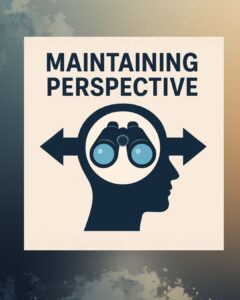Original Article from B&T Magazine – 13 November 2019
Culture and Business Results – Why Measuring Matters for Performance and Profitability
Nothing stifles a business like bad culture. A poor workplace environment erodes trust, slows productivity, and can even lead to catastrophic financial losses. But when leaders understand the business performance culture link, they see culture not as a “nice to have,” but as a powerful driver of measurable results.
One of the simplest ways to understand culture is to imagine what happens when a new employee walks in. If the people around them work hard, share information, help each other, and meet deadlines, they’ll follow suit. If they gossip, waste time, and complain, the newcomer will adopt those behaviours too. This is why linking culture to performance is not just common sense—it’s business strategy.
Culture ROI in Action
A clear example comes from 2015, when the manufacturing division of Viridian Glass (part of CSR at the time) implemented a culture program. Their goal: engage the workforce to support process improvements.
Within two years, production improved by 9%, and profit almost doubled. The culture wasn’t perfect, but it improved enough to foster better relationships between managers and workers. By listening to each other and sharing ideas, they generated process innovations that delivered a clear culture ROI in business.
MIT CISR research backs this up: companies with a top-quartile employee experience achieve twice the innovation, double customer satisfaction, and 25% higher profits than those in the bottom quartile.
The Cost of Bad Culture
The VW ‘Dieselgate’ scandal is a sobering reminder of the culture impact on profitability. According to Larry Thompson, the US Justice Department–appointed monitor, VW’s “corrupt corporate culture” contributed to illegal decisions that cost the company billions.
Why Measuring Culture Success Matters
If culture has such a strong effect on results, why don’t more companies track it with workplace culture metrics? The problem is that many rely on overly complex surveys, producing digitised assessments that confuse more than they clarify.
The best way to measure is simple:
Identify the frustrations that led you to initiate a culture program.
Use those same issues as ongoing performance measures.
For example:
Low engagement with process improvements? Track communication quality between managers and workers.
Poor accountability? Measure how often people make—and keep—agreements.
High sick leave or staff turnover? Monitor these figures year-on-year.
This approach keeps the business performance culture link grounded in outcomes leaders care about.
From Metrics to Results
When culture shifts, business results follow—more innovation, smoother operations, higher profitability. But you’ll only see the true culture ROI in business if you measure it against the right benchmarks and keep the process simple enough for everyone to understand.
Your people are the single biggest variable in your company. They affect every decision, execution, customer interaction, and idea. If you want better performance, start with culture—and measure the results that matter.





